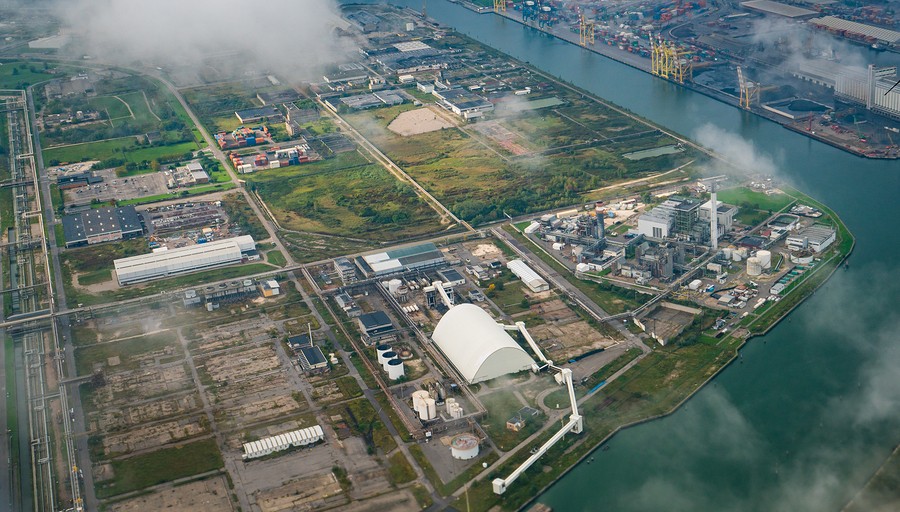Before you invest in a commercial property, there are plenty of questions you need to ask yourself. How’s the location? Is it worth the price? Will this purchase help me achieve my long-term business goals?
But one of the biggest question marks surrounding property acquisition regards the physical condition of the property: Is this land contaminated?
It’s a hard nut to crack, especially since you can’t always see evidence of pollution. However, any contamination can have an enormous bearing on future business decisions, so it’s vital to fully understand the condition of the air, soil, and water. That’s where a Phase I Environmental Site Assessment (Phase I ESA) comes in.
Here are just a few of the (sometimes mysterious) questions that you’ll know the answer to after a Phase I ESA.
Who was the previous owner of the property? What was the land used for?
These first two questions go hand-in-hand. Previous landowners and uses are vital clues for determining if the property is contaminated.
Why it matters
Say, for example, you’re considering a site that once housed a gas station. During normal operation, that gas station may have contributed to air and soil pollution. And perhaps during decommissioning, an underground storage tank (UST) was removed, its contents seeping into the surrounding soil in the process.
Spotting soil and water issues on first glance would be difficult. But when an environmental consultant digs in and discovers the past land use, they’ll be able to determine if you’re dealing with a contaminated property.
Have any events occurred near the property that could have contributed to contamination?
Major events like oil spills and unauthorized waste disposal have a lasting impact on the environment. Provided any occurrence that happened on the property was thoroughly documented, such events will be uncovered after sifting through historical records.
Why it matters
If the property you’re considering was the location of something like a mercury spill or demolition gone awry, there’s a chance the previous owner didn’t take the proper steps to clean it up. If anything environmentally catastrophic has occurred on (or even near) the property, you’ll need to investigate further.
Is the property next to a contaminated site?
It’s not just the commercial property itself that needs to be considered prior to purchase — it’s adjacent land as well.
Why it matters
Contamination doesn’t pay attention to property lines. As such, it’s critical to know if your potential neighbors are, well, a bit less than neighborly. For example, if an adjacent facility is no stranger to Clean Water Act violations, there’s a chance the land you’re eyeing is impacted, too.
Are there any underground storage tanks (USTs) on site?
The EPA approximates that there are 553,000 underground storage tanks in the U.S. that store petroleum or hazardous substances. An environmental consultant will discover if there’s a UST on any given site by searching for records of installation, maintenance, or registration.
Why it matters
A UST by itself isn’t necessarily indicative of contamination. But a leaky one is. Substances typically stored in USTs (petroleum and other hazardous materials) have lasting adverse effects on the environment when they reach soil or groundwater. Additionally, a leaky UST can present the risk of a fire or explosion.
—
When you’re purchasing commercial properties, Phase I ESAs are often required by lending institutions. But even if an assessment isn’t technically needed, it’s prudent to hire an experienced consultant to discover risks associated with environmental contamination.
If you’re ready to get started, contact us today.


